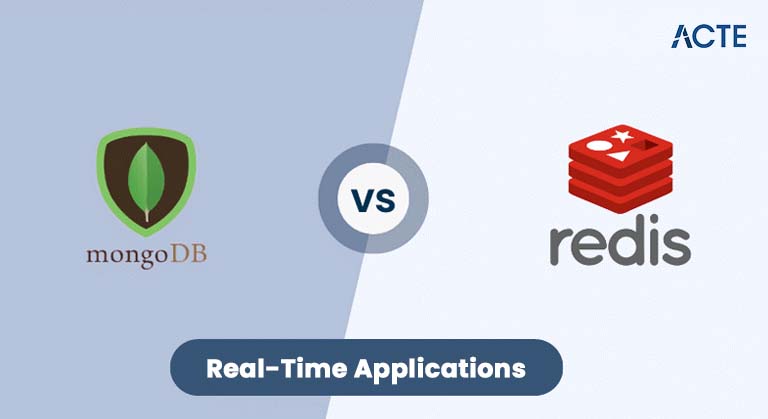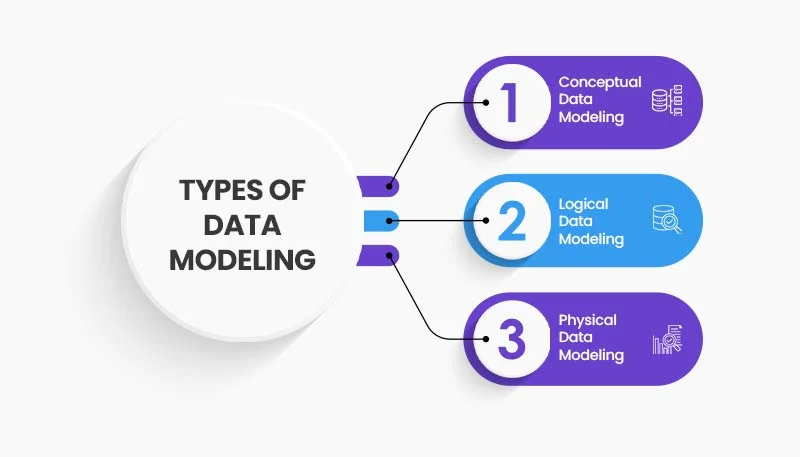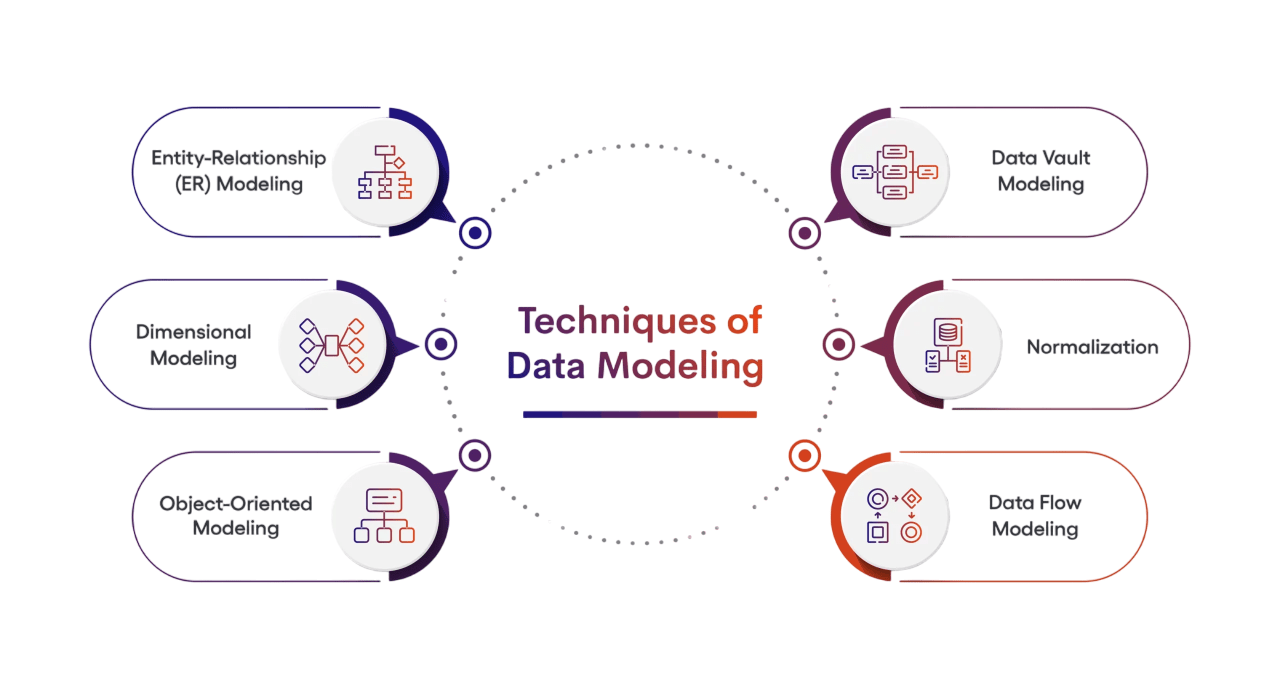
- Overview of Redis and MongoDB
- Data Model and Structure
- Storage Mechanism
- In-Memory vs Disk-Based Architecture
- Use Case Scenarios
- Performance Benchmarks
- Data Persistence and Durability
- Scaling and Clustering
Overview of Redis and MongoDB
Redis and MongoDB are two popular NoSQL databases, each with its unique strengths. Redis is an in-memory data store primarily used for caching and real-time applications due to its fast performance. It operates on a key-value structure, making it ideal for scenarios requiring quick data retrieval. MongoDB, on the other hand, is a document-oriented database that stores data in JSON-like format, providing greater flexibility for handling complex and semi-structured data. When comparing Redis vs MongoDB, Redis excels in speed and low-latency operations, making it ideal for real-time applications. On the other hand, MongoDB is known for its scalability and ease of use in handling large datasets with complex queries. Both technologies are essential components covered in Database Developer Training where developers learn to choose the right database solution based on specific application needs. While relational databases use structured schemas and tables, both Redis and MongoDB offer flexibility by handling unstructured data, making them suitable for modern web applications. Redis offers limited data persistence and durability by periodically saving data to disk, focusing more on speed than long-term storage. In contrast, MongoDB provides more robust data persistence mechanisms, ensuring data is safely stored and can be retrieved even after a server crash. Choosing between Redis and MongoDB often depends on the specific use case, with Redis favored for high-performance scenarios and MongoDB for scalable, document-based storage solutions.
Are You Interested in Learning More About Database Certification? Sign Up For Our Database Administration Fundamentals Online Training Today!
Data Model and Structure
- Flexible Document Model: MongoDB uses a document-oriented structure, storing data in BSON (binary JSON) format, which allows for nested fields and arrays, ideal for handling complex or hierarchical data.
- Schema-less Design: Unlike relational databases, MongoDB collections do not require a predefined schema, making it easy to iterate and evolve the data model as applications grow. This flexibility is a key consideration when evaluating modern NoSQL solutions, and it’s often discussed alongside topics like Cassandra vs DynamoDB Database Comparison, helping developers choose the right technology for scalable, schema-less data management.
- MongoDB Cloud Integration: With MongoDB Cloud (Atlas), users benefit from automated scaling, backup, and global distribution, enhancing both structure management and deployment efficiency.
The data model and structure of a database play a crucial role in how efficiently it stores, retrieves, and manages data. Unlike a relational database, which relies on structured tables and fixed schemas, modern NoSQL databases like MongoDB offer more flexibility. Here’s how data modeling and structure vary, especially in the context of MongoDB and its cloud offerings:

- Efficient Storage Mechanism: MongoDB’s storage engine compresses data and indexes efficiently, optimizing both storage and performance under heavy read/write operations.
- Database Persistence: MongoDB ensures database persistence through journaling and write-ahead logs, preserving data even during unexpected shutdowns.
- Performance Benchmarks: Compared to traditional relational systems, MongoDB often achieves better performance benchmarks for unstructured or semi-structured data due to its in-memory caching and optimized query execution.
Storage Mechanism
The storage mechanism of a database significantly impacts its performance, reliability, and scalability. In the comparison of Redis vs MongoDB, each adopts a distinct approach tailored to different use cases. Redis is an in-memory data store, meaning it holds data in RAM for ultra-fast access, which makes it ideal for caching, real-time analytics, and high-speed transactions. While this design offers exceptional speed, Redis sacrifices some level of data persistence and durability, although it does provide options like RDB snapshots and AOF logs to mitigate data loss. Understanding these trade-offs is essential when exploring What is Database Administration as it involves managing performance, reliability, and data integrity across various database systems. In contrast, MongoDB uses a disk-based storage engine that writes data to persistent storage, offering stronger guarantees for data persistence and durability. MongoDB stores data in a flexible, document-based format and supports features like journaling and replica sets, ensuring high availability and data safety even during failures. When compared to a relational database, which uses structured tables and rigid schemas stored on disk, both Redis and MongoDB offer more adaptable storage methods for modern application needs. However, the key difference lies in their priorities. Redis prioritizes speed with optional persistence, while MongoDB focuses on balanced performance and reliable long-term storage. Understanding these Redis vs MongoDB storage trade-offs is critical when selecting the right database solution.
Are You Interested in Learning More About Database Certification? Sign Up For Our Database Administration Fundamentals Online Training Today!
In-Memory vs Disk-Based Architecture
- Speed and Latency: In-memory databases offer superior speed with minimal latency, making them ideal for real-time applications. Disk-based systems, like MongoDB, trade off some speed for greater database persistence.
- Storage Mechanism:In-memory systems store data in volatile memory, while disk-based databases use file systems and advanced storage mechanisms to ensure data is saved permanently. These underlying storage approaches also influence how different databases perform and scale, which is a key consideration in comparisons like MongoDB vs PostgreSQL.
- Durability and Recovery: Disk-based databases provide stronger durability through mechanisms like journaling and replication. MongoDB ensures data is safe even during failures, supporting robust database persistence.
- Scalability and Flexibility: Disk-based databases like MongoDB Cloud allow for easy horizontal scaling and schema flexibility, accommodating complex and growing datasets more effectively than in-memory systems.
- Performance Benchmarks: In-memory databases typically outperform disk-based systems in performance benchmarks, especially for read-heavy or low-latency use cases.
- Use Case Fit: Traditional relational databases rely on disk-based storage and structured schemas, while MongoDB and others provide more flexible models, allowing developers to choose based on specific performance, persistence, and scalability needs.
- Read/Write Speed: MongoDB offers high throughput for both read and write operations, especially when scaled via MongoDB Cloud, while traditional relational databases may experience slower writes due to strict schema enforcement and ACID compliance.
- Scalability Performance:MongoDB’s horizontal scaling and sharding capabilities enable better performance under heavy workloads compared to many relational systems, which rely more on vertical scaling. Understanding these differences is crucial when learning How To Become a Data Modeler as it involves selecting the right database architecture to support scalability and performance requirements.
- Indexing Efficiency: MongoDB supports compound and multikey indexing that improves query performance, while relational databases use B-trees and other indexing methods optimized for structured data.
- Storage Mechanism Impact: MongoDB’s WiredTiger engine uses compression and memory-mapped files to boost I/O efficiency, directly influencing performance benchmarks during data-heavy operations.
- Cloud Optimization: MongoDB Cloud leverages autoscaling and global clusters, improving latency and response time, especially in distributed application environments.
- Database Persistence: Despite high-speed performance, MongoDB maintains strong database persistence through journaling, replication, and durable writes, balancing speed with reliability better than many disk-heavy relational databases.
The choice between in-memory vs disk-based architecture directly influences a database’s speed, scalability, and reliability. In-memory databases store data in RAM for lightning-fast access, while disk-based databases store data on persistent storage, prioritizing durability and scalability. Understanding these architectures is essential when evaluating systems like Redis, MongoDB Cloud, and traditional relational databases.
Use Case Scenarios
Use case scenarios vary greatly depending on the database architecture, performance needs, and data structure requirements. When considering Redis vs MongoDB, Redis is typically preferred for use cases that demand extremely low latency and rapid access to frequently used data, such as caching, real-time analytics, gaming leaderboards, and session management. Its in-memory design delivers unmatched speed, but it comes with trade-offs in data persistence and durability, making it less suitable for long-term data storage without additional configurations. In contrast, MongoDB is ideal for content management systems, e-commerce platforms, IoT applications, and any solution requiring complex querying, high scalability, and semi-structured data support. These real-world use cases are often covered in Database Administration Fundamentals Online Training, helping learners understand when and how to leverage MongoDB effectively. MongoDB provides robust data persistence and durability through features like journaling and replica sets, ensuring data reliability even in distributed environments. Compared to a relational database, which is best suited for structured data and applications requiring strong ACID compliance, like banking or legacy enterprise systems, both Redis and MongoDB offer more flexible alternatives. While relational databases excel in data integrity and relationships, MongoDB supports agile development and dynamic schema evolution. Ultimately, the choice between Redis, MongoDB, and relational databases depends on the specific use case scenario, balancing performance, persistence, and data complexity requirements.

Performance Benchmarks
Performance benchmarks help evaluate how efficiently a database handles operations like reads, writes, indexing, and replication under various loads. Different architectures, such as relational databases, NoSQL systems, and cloud-native solutions, perform differently based on their underlying storage mechanisms and design. Below are key performance insights when comparing databases like MongoDB Cloud and traditional systems:
Data Persistence and Durability
Data persistence and durability are critical features in any database system, ensuring that data remains intact and recoverable even after crashes, power failures, or unexpected shutdowns. Traditional relational databases have long been trusted for strong durability guarantees through ACID compliance, transaction logs, and robust recovery protocols. In the NoSQL world, MongoDB offers reliable database persistence through mechanisms like journaling and replica sets, which safeguard write operations and support automatic failover. In MongoDB Cloud, these features are further enhanced with built-in backups, global replication, and automated failover to ensure continuous data availability. The storage mechanism used by MongoDB, such as the WiredTiger engine, plays a crucial role in writing data to disk efficiently while maintaining durability. This is especially important when exploring What is a Transaction Processing System, where reliable data handling and consistency are essential for supporting high-throughput operations. Compared to systems that prioritize speed over persistence, MongoDB strikes a balance between performance and reliability. This is especially evident in performance benchmarks, where MongoDB demonstrates consistent read/write stability even under heavy loads, without compromising on data safety. Unlike in-memory databases that may lose data on failure without proper configuration, MongoDB ensures that data is persistently stored across multiple nodes and data centers. Whether deployed locally or via MongoDB Cloud, it provides enterprises with a durable and scalable solution that competes strongly with traditional relational database systems.
Are You Preparing for Database Developer Jobs? Check Out ACTE’s DBMS Interview Questions and Answers to Boost Your Preparation!
Scaling and Clustering
Scaling and clustering are essential capabilities for modern databases to handle growing data volumes, user traffic, and performance demands. In distributed database systems, scaling can be either vertical (adding more resources to a single server) or horizontal (adding more servers to a cluster). Clustering enables horizontal scaling by distributing data across multiple nodes, improving availability, fault tolerance, and throughput. MongoDB excels in horizontal scaling through a feature called sharding, which partitions large datasets across a cluster of machines. This allows it to manage high write loads and large volumes of semi-structured data effectively. In MongoDB Cloud (Atlas), clustering is further simplified with auto-sharding and built-in global replication, allowing developers to scale their applications seamlessly without managing infrastructure complexity. These advanced features are commonly explored in Database Administration Fundamentals Online Training, helping learners understand modern database architecture and cloud-based scaling techniques. Clusters also support high availability through replica sets, which ensure data is duplicated across nodes for redundancy and failover. Compared to traditional relational databases, which typically require complex configurations for clustering and often favor vertical scaling, MongoDB offers more flexible and cost-efficient options for distributed growth. Whether it’s handling millions of concurrent users or petabytes of data, MongoDB’s clustering and scaling capabilities enable it to meet modern application demands while maintaining performance, consistency, and reliability in dynamic environments.


